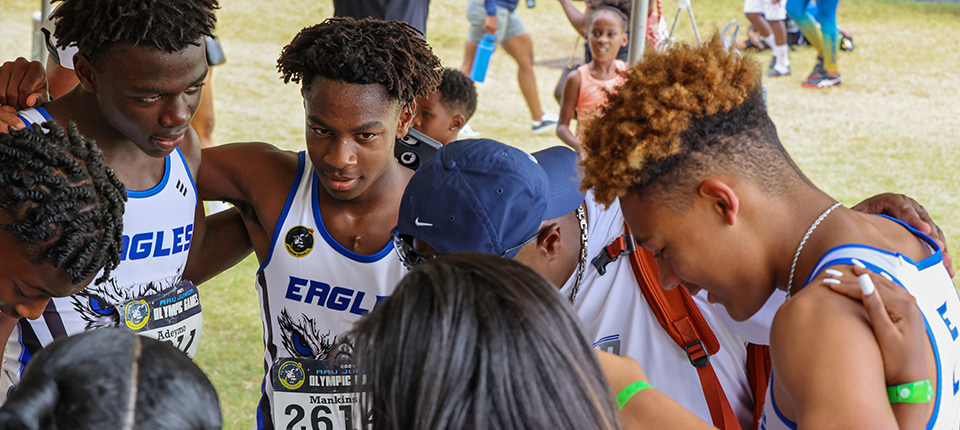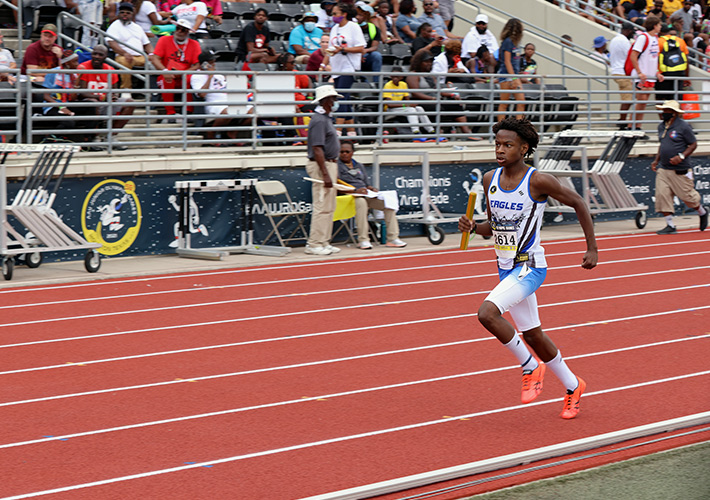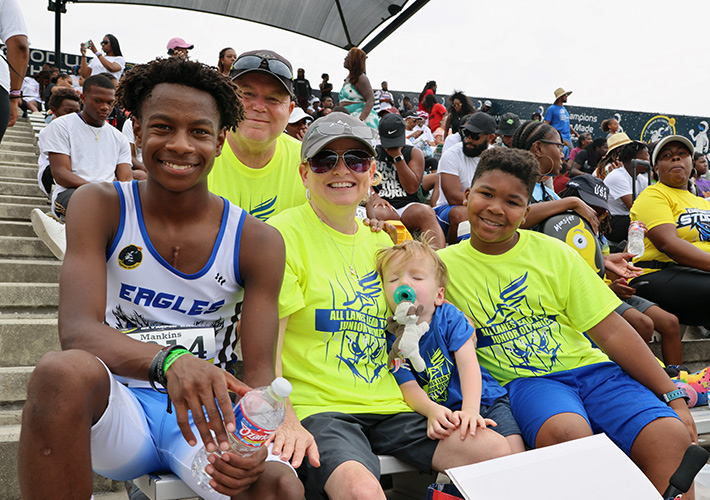Important Safety Information
SJM™ MASTERS SERIES MECHANICAL HEART VALVE
INDICATIONS
The SJM™ Masters Series Mechanical Heart Valve is intended for use as a replacement valve in patients with a diseased, damaged, or malfunctioning aortic or mitral heart valve. This device may also be used to replace a previously implanted prosthetic heart valve
CONTRAINDICATIONS
The SJM™ Masters Series Mechanical Heart Valve is contraindicated for individuals unable to tolerate anticoagulation therapy.
WARNINGS
- For single use only. Attempts to reuse the valve may result in valve malfunction, inadequate sterilization, or patient harm.
- Do not use if:
- The valve has been dropped, damaged, or mishandled in any way
- The expiration date has elapsed.
- The tamper-evident container seal or inner/outer tray seals are damaged, broken or missing.
- Remove any residual tissue that may impair valve size selection, correct seating of the valve, rotation of the valve, or leaflet motion.
- Proper valve size selection is crucial. Do not oversize the valve. If the native annulus measurement falls between two SJM™ Masters Series Mechanical Heart Valve sizes, use the smaller size SJM™ Masters Series Mechanical Heart Valve.
- Use only St. Jude Medical™ mechanical heart valve sizers.
- The outer tray is not sterile, and should not be placed in the sterile field.
- To minimize direct handling of the valve during implantation, do not remove the holder/rotator until the valve has been seated in the annulus.
- Do not use hard or rigid instruments to test leaflet mobility, as this may result in structural damage to the valve or thromboembolic complications. Use a St. Jude Medical™ leaflet tester to gently test valve leaflet mobility.
- Place sutures in the outer half of the valve sewing cuff
- Never apply force to the valve leaflets. Force may cause structural damage to the valve.
- Use only SJM™ Valve Holder/Rotators to perform valve rotation. Use of other instruments could result in structural damage. The valve holder/rotator is intended for single use only and should be discarded after surgery.
- The two retention sutures on the valve holder/rotator must be cut and removed before the SJM™ Masters Series Mechanical Heart Valve can be rotated.
- Do not pass catheters or other instruments through St. Jude Medical™ mechanical heart valves. This could result in scratched or damaged valve components, or leaflet fracture or dislodgment.
- Cut suture ends short, especially in the vicinity of the pivot guards, to prevent leaflet impingement.
- Three cases of impeded leaflet motion not satisfactorily explained were reported in a survey of 149 centers reporting on 4,934 patients implanted over a period of three (3) years. A number of other cases occurred early in the investigation of this prosthesis; however, the rates of occurrence are not statistically determinable.
PRECAUTIONS
- Do not touch the prosthetic valve unnecessarily, even with gloved hands. This may cause scratches or surface imperfections that may lead to thrombus formation.
- Be careful not to cut or tear the valve sewing cuff when removing the identification tag and the holder/rotator from the SJM™ Masters Series Mechanical Heart Valve.
- Before placing sutures in the valve sewing cuff, verify that the valve is mounted correctly on the valve holder/rotator.
- To avoid structural damage, the valve must be rotated in the fully closed position.
- To minimize rotational torque, verify that the valve holder/rotator is properly seated in the valve, and that the valve holder handle is perpendicular to the valve (Figures 15a and 15b).
- Remove any loose suture or thread, which may be a source of thrombus or thromboembolism.
POTENTIAL ADVERSE EVENTS
Complications associated with replacement mechanical heart valves include, but are not limited to: hemolysis; infections; thrombus; or thromboembolism; valve dehiscence; unacceptable hemodynamic performance; hemorrhagic complications secondary to anticoagulation therapy; prosthetic failure; and heart failure or death
Any of these complications may require reoperation or explantation of the device.
Related articles
-
Better With Age: This is Colby's Story
Born with a congenital heart disease, he’s lifting himself and using his talents to help others in the same battle.



